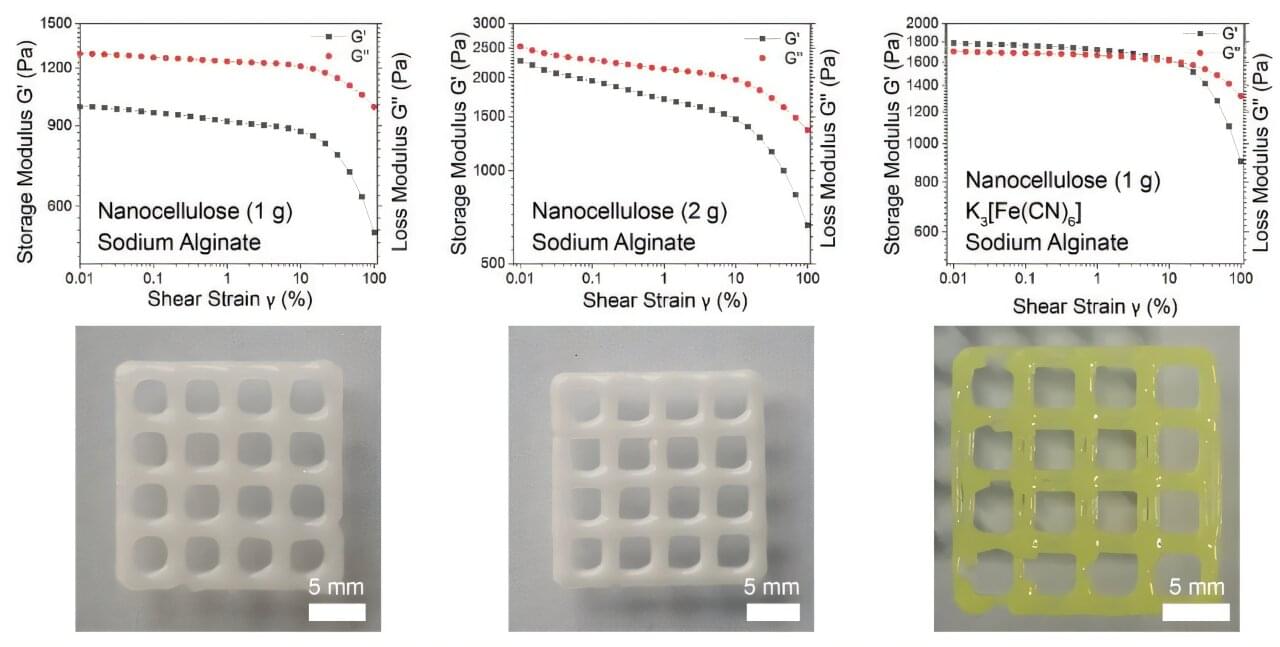Bio-batteries constructed by electroactive microorganisms have unique advantages in physiological monitoring, tissue integration, and powering implantable devices due to their superior adaptability and biocompatibility. However, the development of miniaturized and portable bio-batteries that are plug and play and compatible with existing devices remains a challenge.
In a study published in Advanced Materials, a team led by Zhong Chao, Liu Zhiyuan, and Wang Xinyu from the Shenzhen Institutes of Advanced Technology of the Chinese Academy of Sciences, collaborating with Wang Renheng from the Shenzhen University, developed a miniaturized, portable bio-battery that enables precise control over bioelectrical stimulation and physiological blood pressure signals.
The researchers encapsulated Shewanella oneidensis MR-1 biofilms within alginate hydrogels to develop living hydrogels, which can be 3D printed into defined geometries for customized fabrication. Inspired by lithium-ion battery fabrication, they developed a miniaturized bio-battery (20 mm in diameter, 3.2 mm in height) using living hydrogel as the bio-anode ink, K3[Fe(CN)6]-containing alginate hydrogel as the cathode ink, and a Nafion membrane as the ion exchange membrane.
